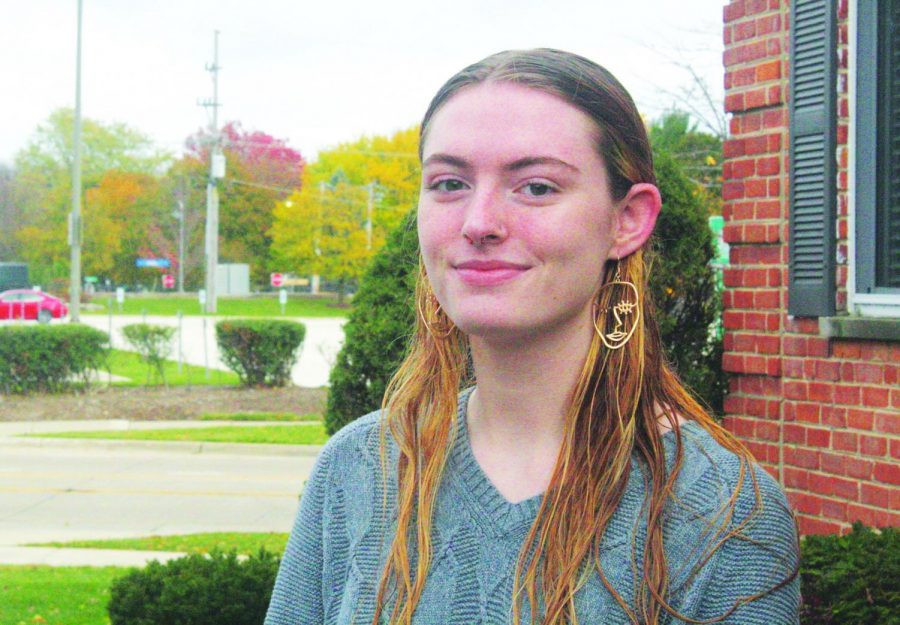Learning when to part with body art
Tattoo, piercing procedures impacted by COVID-19 pandemic
Getting more piercings was something senior Zoë Bracken always wanted even before the COVID-19 pandemic. After gaining confidence in herself and seeing others online get piercings, Bracken decided to get a septum piercing in July and a navel piercing in September. Her mother was initially concerned about her getting the piercings during quarantine but knew Bracken really wanted to get them.
“We’ve been there multiple times before and knew they’d be smart and safe,” said Bracken in an email exchange. “I definitely wondered if I should just wait until [COVID-19] is gone but that is obviously unrealistic, and I didn’t want to [psych] myself out of getting [the piercing] so I just went for it.”
When getting her septum pierced, Bracken said she was not worried about having to lower her mask because the shop only allowed her mom and her best friend to be in the piercing room.
“My piercing lady knew that I’d want someone in there to hold my hand so she allowed my mom and best friend to come in, but my mom just waited outside,” Bracken said.
Dr. Susan Bleasdale, infectious disease physician and medical director for infection prevention at the University of Illinois Hospital and Health Sciences System, said in a video conference that the risk of contracting COVID-19 from getting a nose piercing is greater than from getting a tattoo because of the need to lower one’s mask.
“For things that are [optional] like [a nose piercing], you might consider waiting until the pandemic has settled a little bit more,” Bleasdale said.
Sid Frigo, artist and owner of Midwest Classic Tattoo in Skokie, said in a phone interview that the type of tattoo does not change the risk level of tattooing because there is no way for clients and artists to social distance.
“Regardless of what people like, they have to wear a mask,” said Frigo. “It’s not optional.”
According to Bleasdale, the biggest risk when getting a tattoo is being in close contact with someone else.
“If you are going to get a tattoo, you want to make sure that the site is using precautions,” Bleasdale said.
Precautions would include both clients and artists wearing masks and making sure customers getting tattoos are screened for COVID-19 beforehand, Bleasdale said.
According to Frigo, Midwest Classic Tattoo requires clients to take a COVID-19 screening approved by the CDC and IDPH both one week and 24 hours before an appointment.
The shop now requires clients to arrive alone, said Frigo. While he would like to allow more people into his shop to accommodate the clients’ need for support persons such as family or friends, doing so would make it difficult for the artists to sanitize the shop effectively. Restricting the number of people inside the shop is not ideal, but it is a level of safety the staff wants to control.
The COVID-19 pandemic has also impacted the culture of his tattoo shop, said Frigo.
Before the pandemic, Frigo said there was a bustling environment in the shop with family, friends, support people and sometimes other artists, creating a fun atmosphere filled with chatter and laughter.
“I’d say now … unfortunately, it feels like less of a communal environment,” Frigo said.


